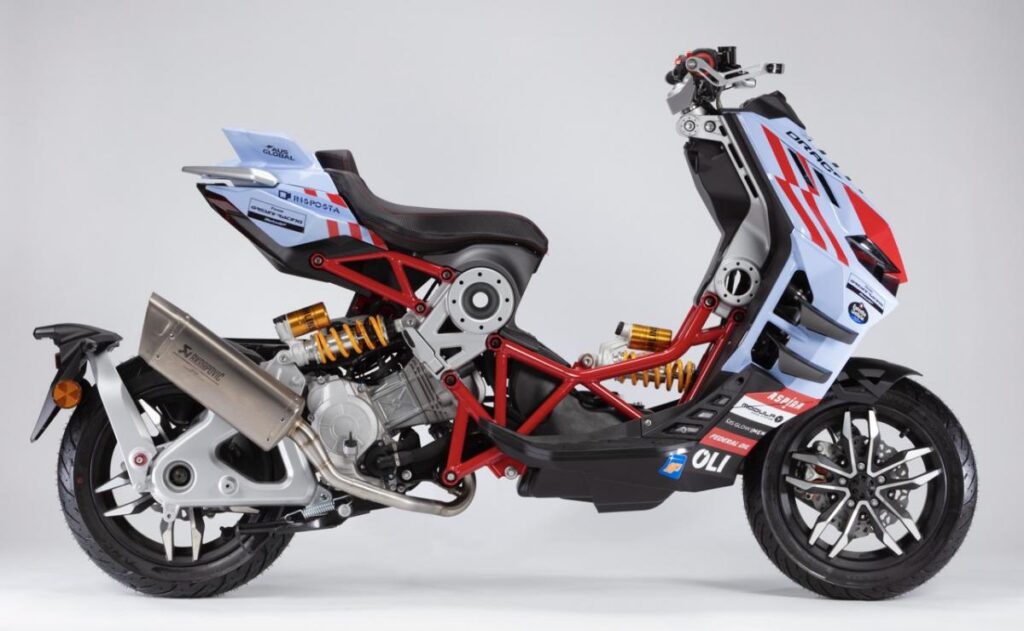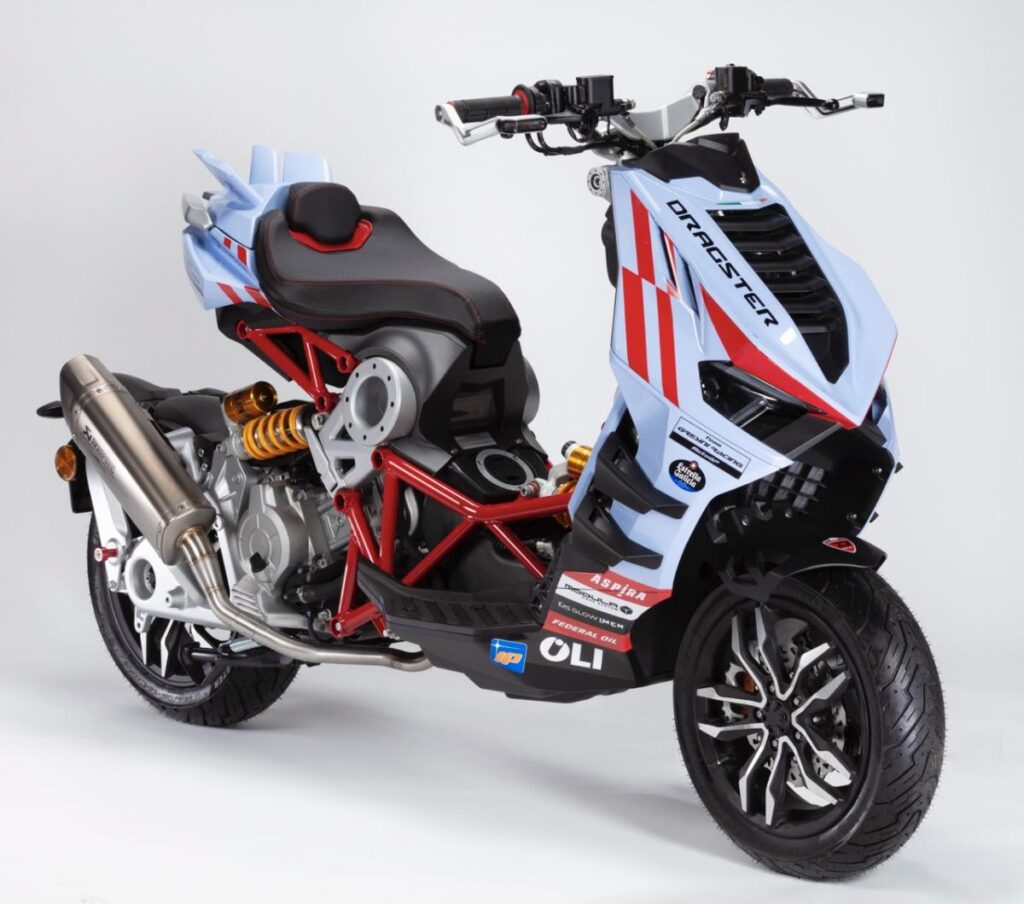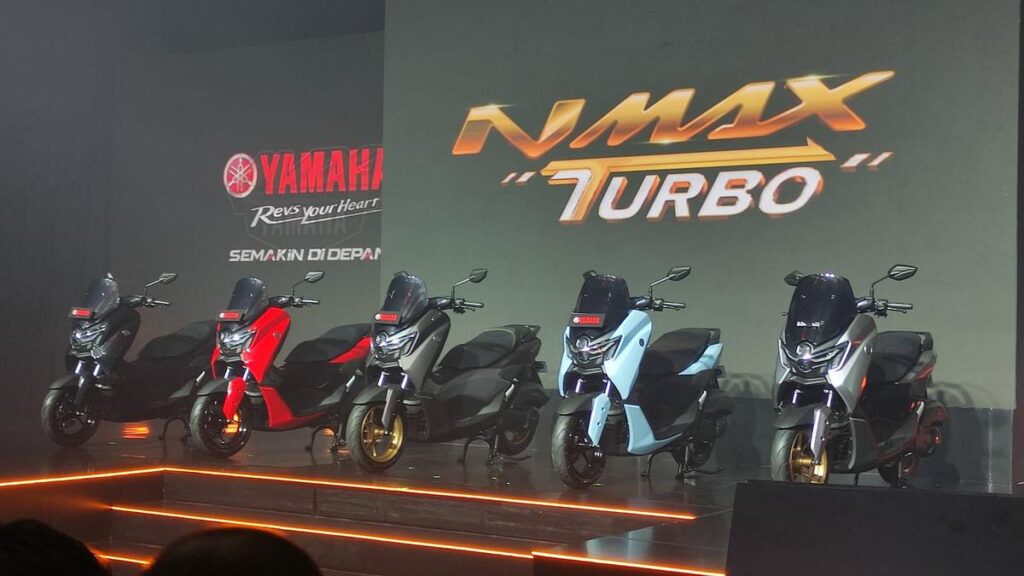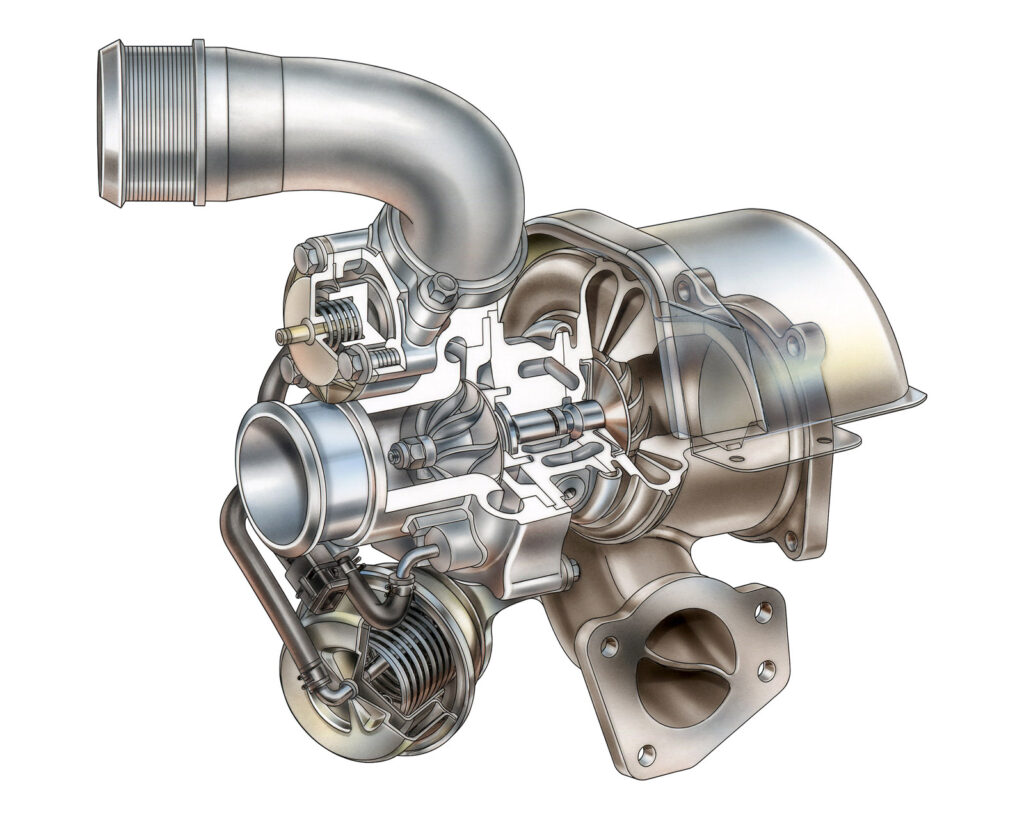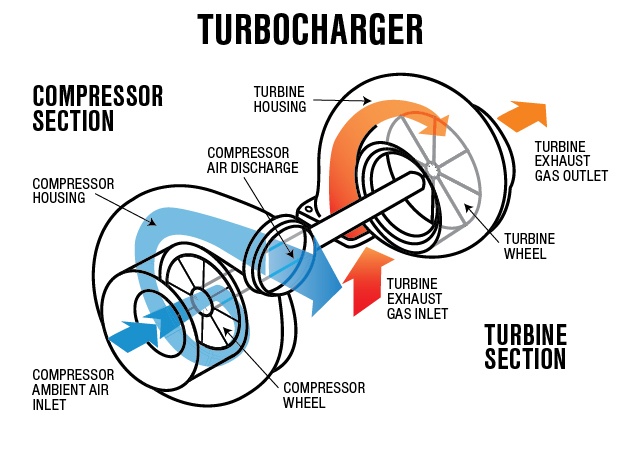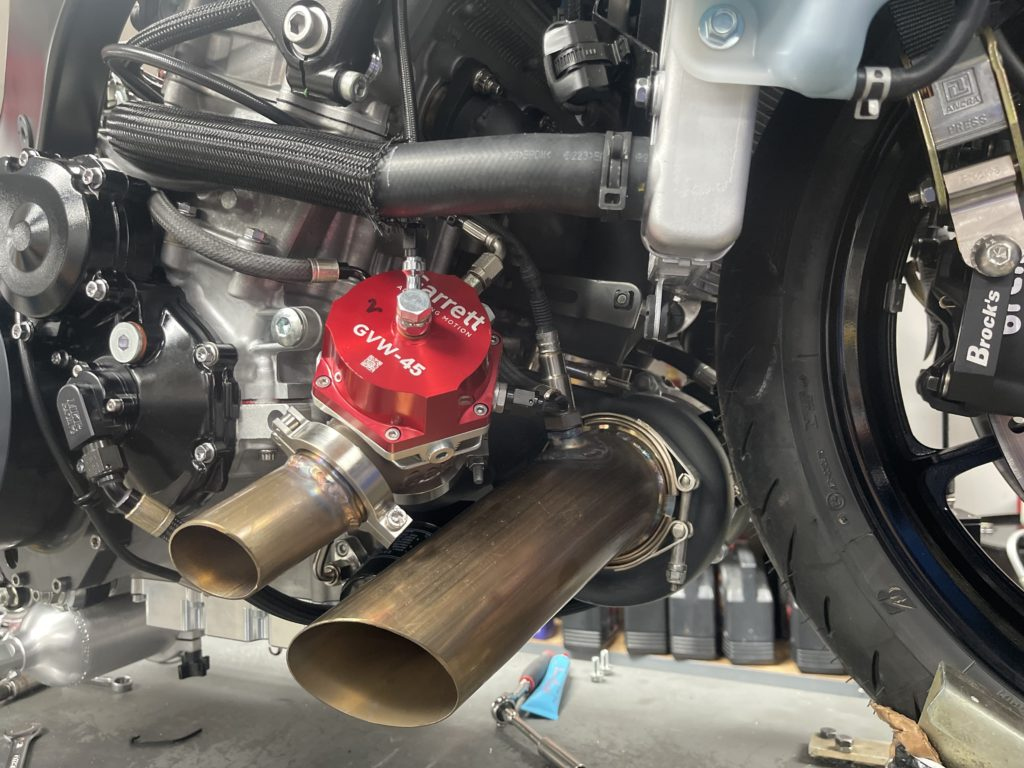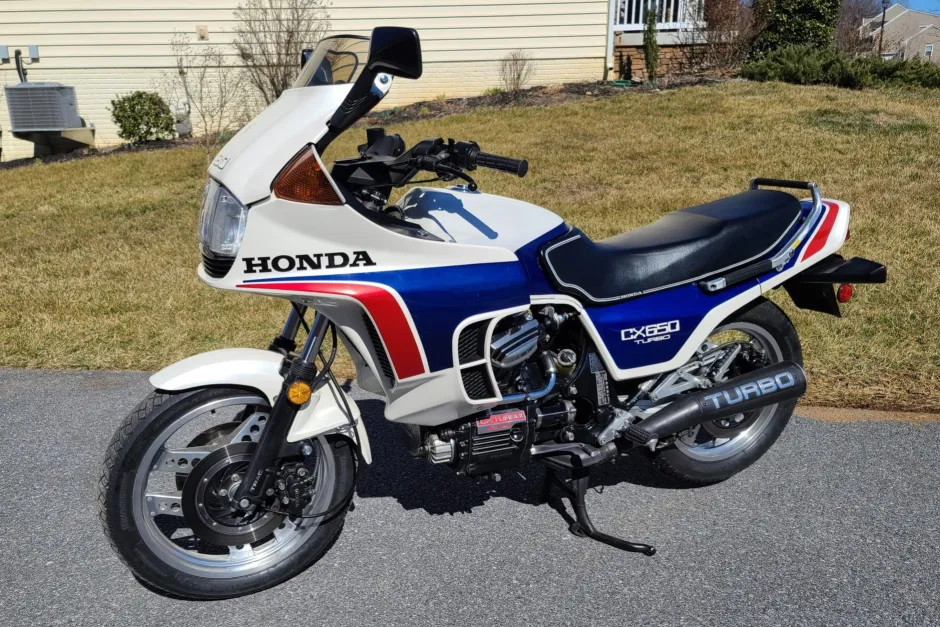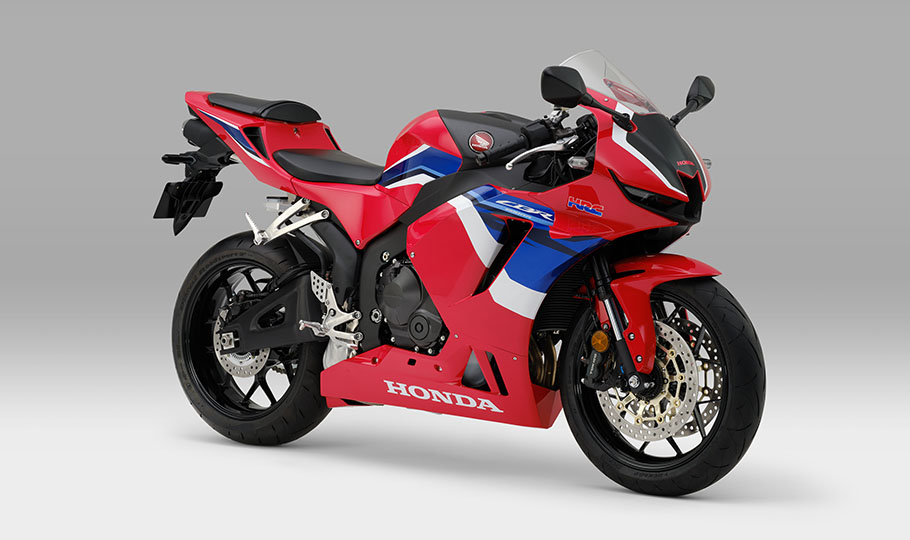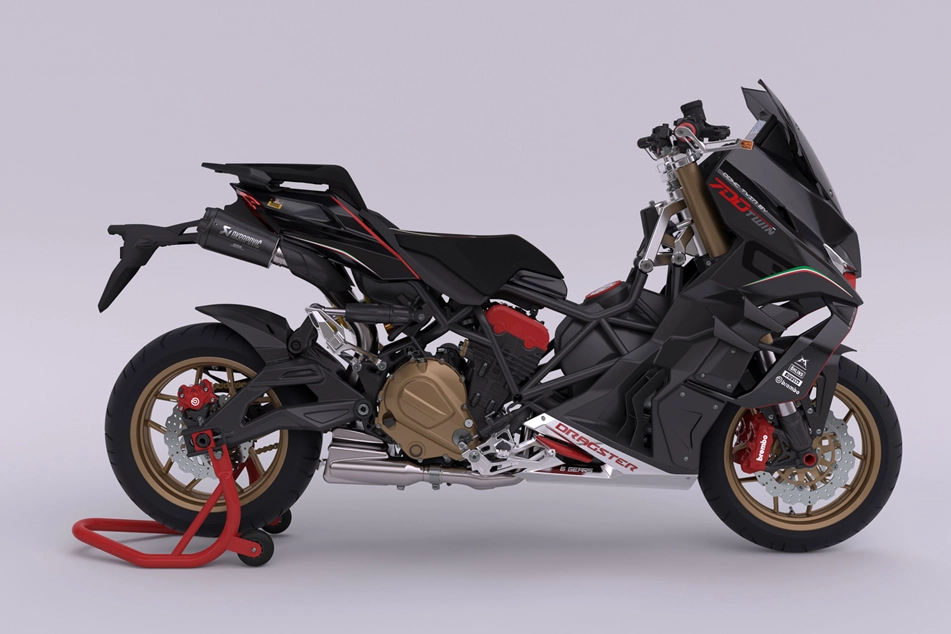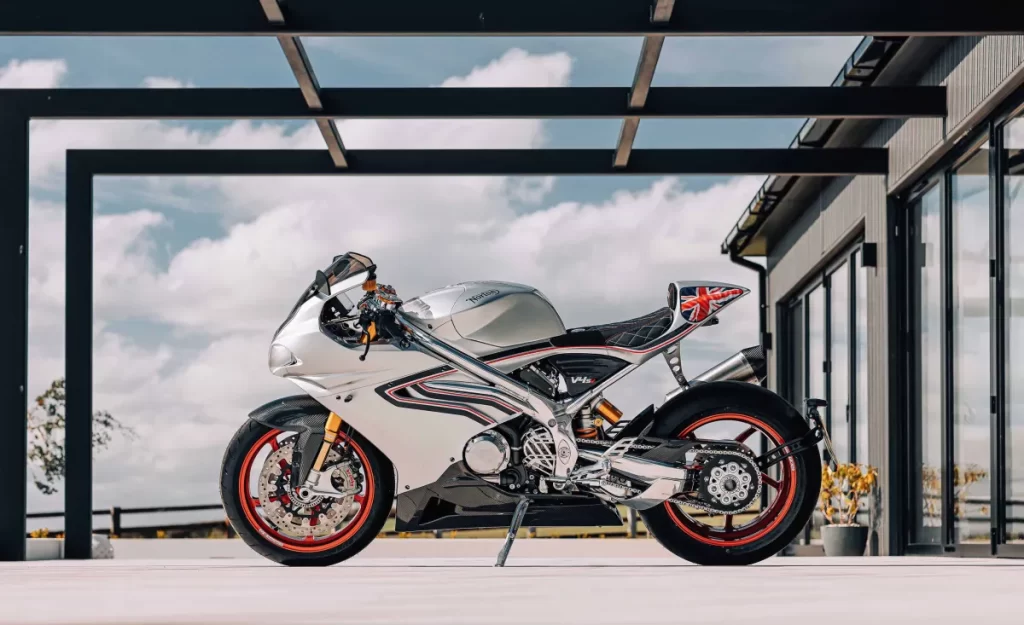A total of 652 road accidents involving heavy vehicles were reported in the first quarter of 2024.
The alarming statistics were revealed by the Deputy Minister of Transport, Datuk Hasbi Habibollah. Of that number, there were 287 fatal cases, 95 serious and 270 minor injuries.
He said the accidents were caused by various factors including the negligence of sleepy drivers, driving above the permitted speed limit, overloaded vehicles, and not being properly maintained.
He also said the Road Transport Department (JPJ) is stepping up enforcement activities, particularly in terms of vehicle load limit regulations and speed limits for heavy vehicles.
“In addition to operating 53 enforcement stations across the country, JPJ is also supplied with 75 units of mobile weighing equipment for enforcement purposes.
“Last year, a total of 45,015 summons notices were issued involving dangerous goods offences, while up to April this year, a total of 9,214 summons notices were issued.”
Explaining further, Hasbi said that the Ministry of Transport together with the Ministry of Public Works is in the final process of developing the High Speed - Weigh in Motion (HS-WIM) system.
“Through the use of the HS-WIM system, heavy vehicle enforcement activities can be carried out in real time or automatically without the need for the vehicle to stop to be weighed.
“The use of the HS-WIM system will also be able to reduce the dependence on a high amount of manpower or enforcement personnel,” he said.
In addition, he said, members will be able to carry out enforcement activities in other locations where the HS-WIM system is not installed.
“The HS-WIM system is expected to be able to expand reach, increase compliance and further strengthen the effectiveness of enforcement on motor vehicle load limit regulations as well as be a long-term solution in dealing with the issue of heavy vehicle load limits,” he said.
It should be noted that the number of accidents may be higher because there are cases that were not reported to the authorities.





































